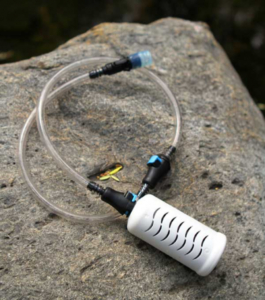Solar Potential:
Today we will talk about the basics around solar power in Canada. While solar resources vary across the country, technological advancements have made solar power a viable option for Canadians.
How Solar Power Works:
Solar power is generated using photovoltaic (PV) cells, which convert sunlight into electricity. Here’s a simplified explanation:
- Photovoltaic Cells: Solar panels consist of photovoltaic cells made of semiconductor materials, usually silicon. When sunlight hits these cells, it excites electrons, generating an electric current.
- Inverter Conversion: The direct current (DC) electricity produced by the solar panels is converted into alternating current (AC) electricity using an inverter. AC is the type of electricity used in most homes and businesses.
- Grid Connection or Storage: The electricity can be used on-site or fed into the grid. Some systems include battery storage, allowing homeowners to store excess energy for later use.

Systems to consider vary in size, such as 5 kW, 10 kW, 12 kW, and so on; this refers to the capacity or size of a solar power system, specifically its maximum power output under ideal conditions. The capacity of a solar power system is typically measured in kilowatts (kW) or megawatts (MW), and it indicates how much electricity the system can generate.
Here’s what each of these capacity specifications means:
- 5 kW System:
- A 5 kW system has a capacity of 5 kilowatts.
- This means that, under optimal conditions, the system can produce 5 kilowatts of electricity per hour.
- This system is often sufficient to cover a significant portion of an average household’s electricity needs.
- It can power essential appliances such as refrigerators, lighting, televisions, computers, and other small electronics.
- It may not be enough to cover the entire energy consumption of larger homes or homes with high energy demands, especially during peak usage times.
- 10 kW System:
- A 10 kW system has a capacity of 10 kilowatts.
- It can generate double the amount of electricity compared to a 5 kW system under the same conditions.
- A 10 kW system has a higher capacity and is more likely to cover the electricity needs of a larger home.
- It can power all the appliances mentioned for the 5 kW system and potentially support additional appliances, such as a washing machine, dryer, or electric stove.
- Depending on the location and efficiency of the system, it might even cover the majority of a larger home’s energy needs.
- 16 kW System:
- A 16 kW system has a capacity of 16 kilowatts.
- It has a higher capacity than the 5 kW and 10 kW systems, indicating a larger and more powerful solar installation.
- A 16 kW system is a robust installation with the potential to power a significant portion of a larger home’s energy demands.
- It can power all the appliances mentioned for the 5 kW and 10 kW systems and may have the capacity to support additional high-energy appliances or multiple HVAC units.
- In some cases, a well-designed and efficient 16 kW system could cover the entire energy consumption of a large home.
Note that the actual energy production of a solar power system can vary based on factors such as sunlight exposure, geographic location, shading, and system efficiency. Conduct a thorough energy audit to determine your specific energy needs.
Consulting with a local solar professional can provide a more tailored assessment based on your individual circumstances.

Costs of Solar Power:
- Installation Costs: The cost of installing solar panels depends on factors such as system size, location, and the complexity of the installation. Prices have decreased over the years due to technological advancements and increased demand.
- Government Incentives: Various provinces and territories offer incentives, rebates, and tax credits to encourage solar adoption. These can significantly reduce the upfront costs.
- Operational Costs: Solar systems have low operational costs as they require minimal maintenance. Regular cleaning and occasional checks are typically sufficient.
Return on Investment (ROI):
While the initial investment in solar panels can be significant, homeowners often experience a positive return on investment over time. The ROI can vary based on several factors, including location, system size, local incentives, and energy consumption. Let’s break down the costs and potential savings for a home installation based on a 1500 square foot home:
Installation Costs: Depending on the system, size, and far too many factors, the cost of installation is too difficult for me to predict. My research suggests that before rebates or incentives, solar panels can range anywhere from $10,000 to $40,000. (A proper consultation is the best way to know what your home costs would be)
Annual Savings: The savings from a solar panel system come from the electricity generated and the reduction in your electricity bill. On average, a 5 kW system can generate around 6,000 to 8,000 kWh per year, depending on factors like sunlight exposure and system efficiency.
Annual Savings ≈ Annual Electricity Production (kWh) × Electricity Rate (per kWh)
For example, if your electricity rate is $0.15 per kWh on a 5kW system:
Annual Savings ≈ (6,000 kWh to 8,000 kWh) × $0.15 = $900 to $1200Payback Period: The payback period, or the time it takes for your solar investment to pay for itself through savings, can be calculated by dividing the installation cost by the annual savings.
Payback Period (years)=Installation Cost / Annual Savings
As a rough estimate, the payback period for a residential solar panel system in Canada is often in the range of 5 to 15 years.
Important Note: These calculations are approximate, and actual costs and savings can vary based on specific circumstances. It’s recommended to consult with local solar providers and take into account any changes in technology, energy rates, and government incentives
Environmental Benefits:
Solar power is a clean and renewable energy source, producing electricity without emitting greenhouse gases. Choosing solar helps reduce dependence on non-renewable resources and contributes to a more sustainable energy future.
Challenges:
Challenges in Canada include variations in sunlight intensity depending on the region, occasional extreme weather conditions, and the upfront costs.
On average, solar panels can last for 25 to 30 years or more. Many manufacturers offer performance warranties that guarantee the panels will still produce a certain percentage of their rated power output after a specified number of years, often 80% or more after 25 years.
Several factors contribute to the longevity of solar panels:
- Material Quality: The quality of materials used in the manufacturing of solar panels is a significant factor. High-quality panels made with durable materials tend to have a longer lifespan.
- Manufacturing Standards: Panels produced in accordance with industry standards and quality control measures are more likely to withstand environmental stresses and maintain performance over time.
- Environmental Conditions: The local climate and environmental conditions can impact the longevity of solar panels. For example, extreme weather events, such as hailstorms or hurricanes, can potentially damage panels. However, most panels are designed to withstand standard weather conditions.
- Maintenance: Proper maintenance, such as occasional checks for damage or shading issues, can contribute to the longevity and efficiency of solar panels.
Conclusion:
Solar power in Canada is a promising and increasingly accessible source of clean energy. As technology advances and costs continue to decrease, more homeowners and businesses are adopting solar solutions, contributing to a greener and more sustainable energy landscape.
If you have any comments, please reach out to BridenAcademy@BridenSolutions.ca


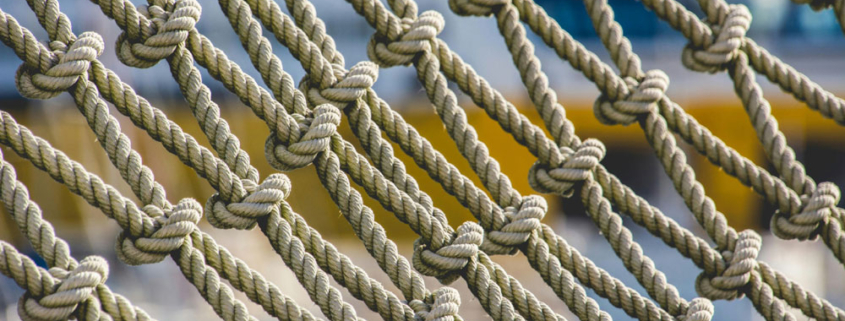

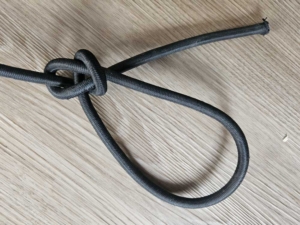





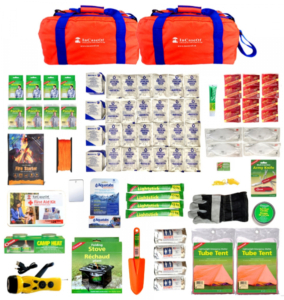

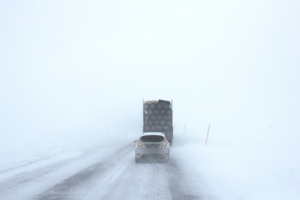

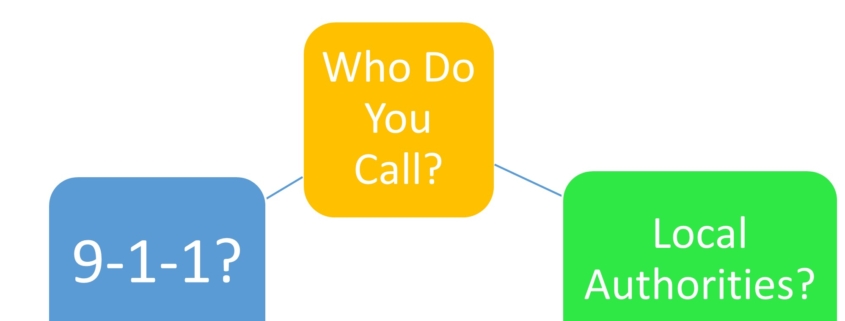
 Reporting Crimes & Medical Emergencies:
Reporting Crimes & Medical Emergencies:
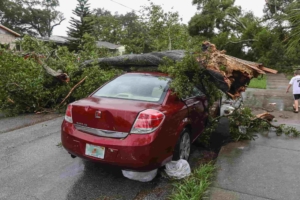

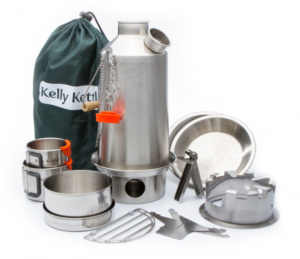

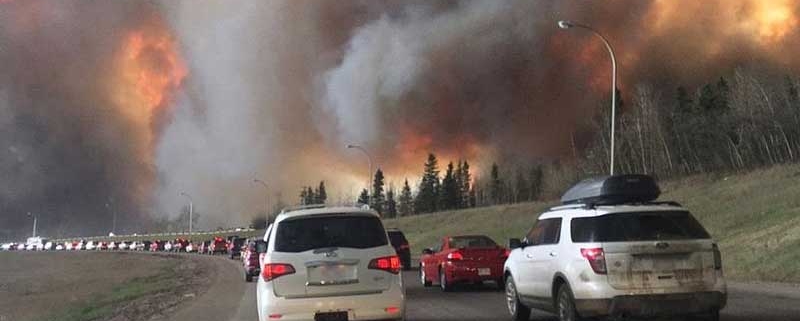
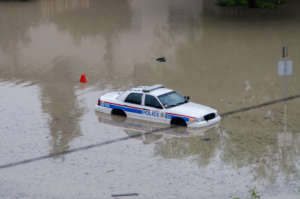


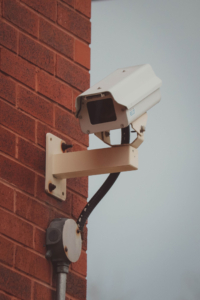

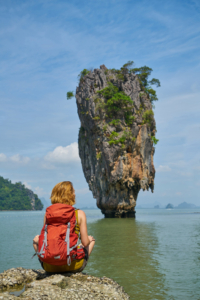 Travel and Transportation Security:
Travel and Transportation Security:

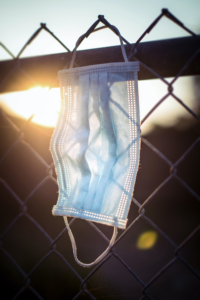 accounts and investments, can help ensure your financial security during retirement.
accounts and investments, can help ensure your financial security during retirement.

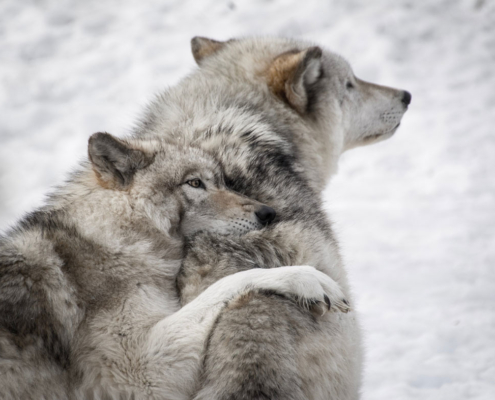




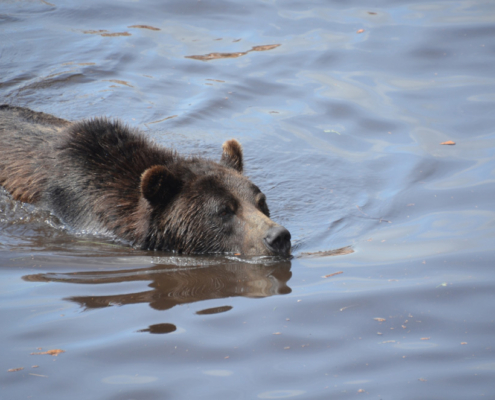


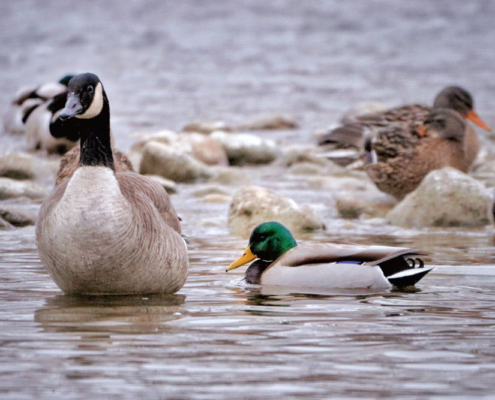
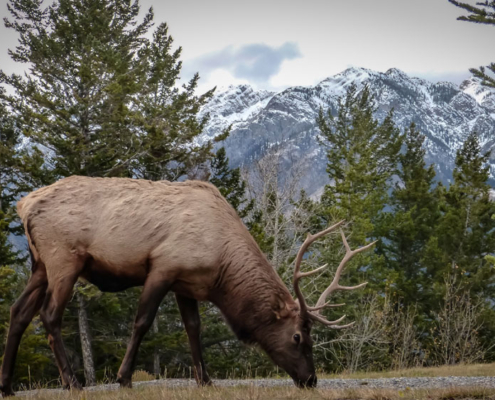
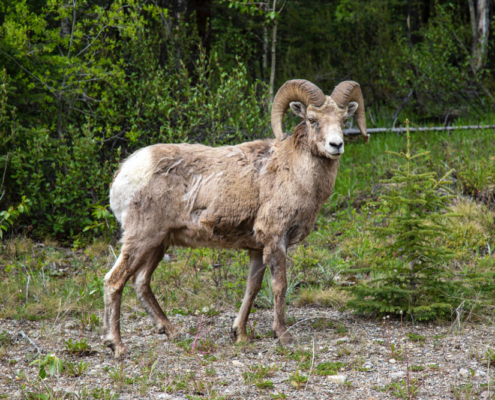


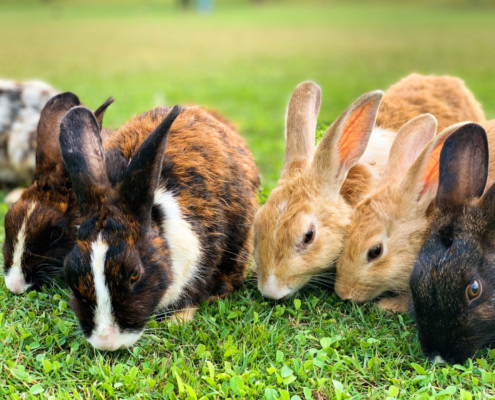


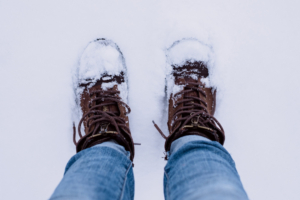

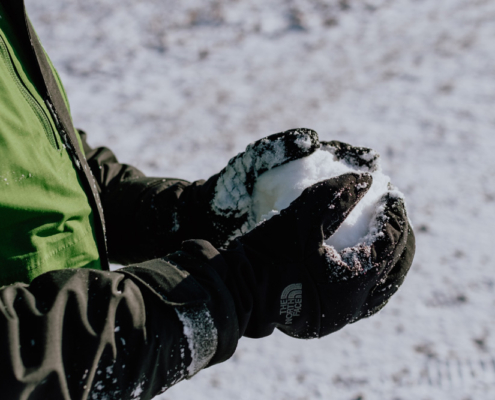
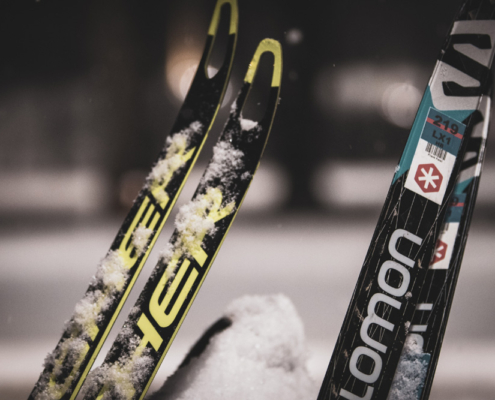
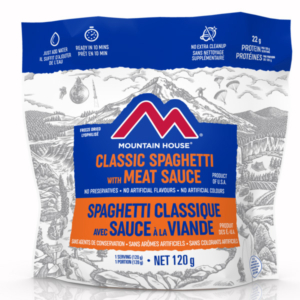
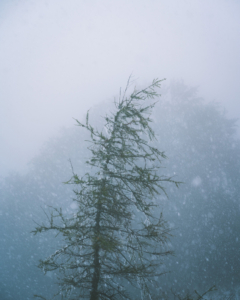 As the afternoon unfolds, a sudden shift in weather brings unexpected challenges. Dark clouds gather, and the serene snowfall turns into a relentless storm. The once familiar trail becomes obscured, and visibility diminishes rapidly. In this moment, the importance of emergency preparedness becomes vividly clear. Instinctively, I reach for the map and compass, skills honed in preparation for unforeseen circumstances.
As the afternoon unfolds, a sudden shift in weather brings unexpected challenges. Dark clouds gather, and the serene snowfall turns into a relentless storm. The once familiar trail becomes obscured, and visibility diminishes rapidly. In this moment, the importance of emergency preparedness becomes vividly clear. Instinctively, I reach for the map and compass, skills honed in preparation for unforeseen circumstances.
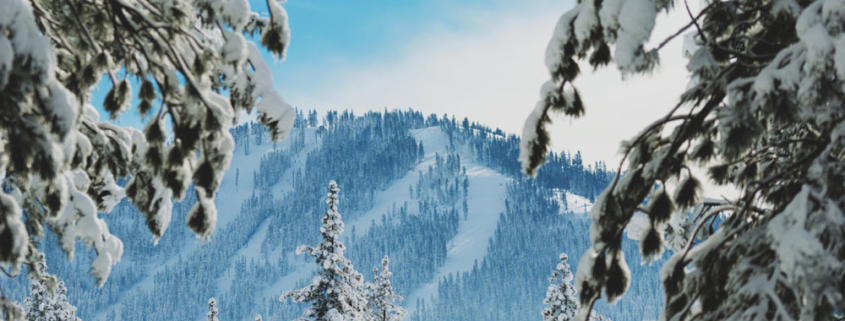
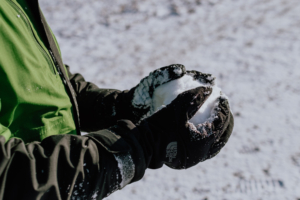
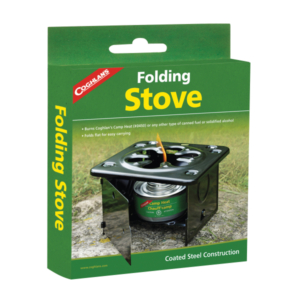
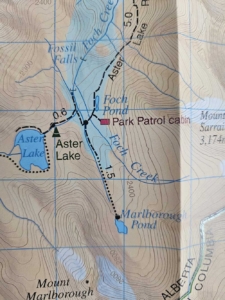 can find your way in challenging conditions.
can find your way in challenging conditions.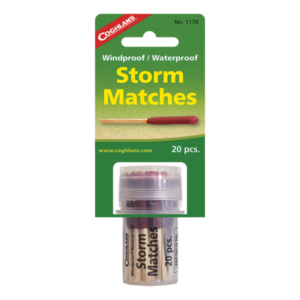 unexpected wet conditions.
unexpected wet conditions.


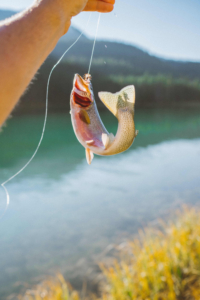 include:
include: